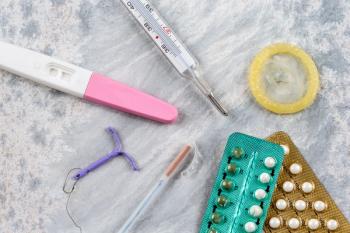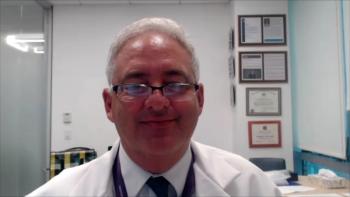
JDRF-Funded Study Finds Target to Control Immune Response to Implanted Medical Devices
The study identified a target that reacts to the implantation of biomedical materials. The findings could to improvements in insulin pump infusion sets and CGM sensors.
A study appearing this week in Nature Materials sheds light on how the body reacts to implanted biomedical devices, and this could lead to advances in the equipment that people with diabetes use to manage their disease.
People with diabetes, especially those with type 1 disease (T1D), use insulin pumps that feature infusion sets and continuous glucose monitors (CGM) that work with sensors, which are inserted in the body. Parts of these systems that penetrate the skin must be replaced once the body’s immune response creates what is called a fibrotic cascade, causing a reaction against the device that no longer allows the insertion point to be “read” correctly. After a certain number of days, the device can no longer deliver insulin or read blood glucose.
The cost of replacing sensors and infusion sets is a burden both for people with diabetes and for payers. After a time, scarring from past infusion sites can make finding new ones a challenge. Immune response to biomedical material is not only an issue for current devices—it’s also a challenge for researchers designing cell encapsulation devices that would allow insulin to be delivered in a “pill.”
The study, funded by the JDRF and the Leona M and Harry B. Helmsley Charitable Trust, identified colony stimulating factor-1 receptor (CSF1R), which increased significantly when biomedical materials were implanted in rodents and non-human primates, indicating a strong immune response. Researchers tested materials such as ceramic, polymer, and hydrogel.
By contrast, inhibiting CSF1R improves the body’s receptiveness to biomedical material, reducing the scarring known as fibrosis without limiting healing. “Our results indicate that targeting CSF1R may allow for a more selective method of fibrosis inhibition, and improve biomedical biocompatibility without the need for broad immunosuppression,” the authors wrote.
JDRF Chief Mission Officer Aaron Kowalski, PhD, heralded the findings.
“For people with type 1 diabetes, these advances could help improve insulin pump infusion sets, continuous glucose monitors and encapsulation therapies,” he said. “By understanding how to target and prevent unnecessary immune responses to the materials used in medical devices, we can provide therapies that work more effectively and with fewer negative side effects. That would be an incredible step forward in JDRF’s mission to cure, prevent, and treat T1D.”
Reference
Doloff JC, Veiseh O, Vegas AJ, et al. Colony stimulating factor-1 receptor is a central component of the foreign body response to biomaterial implants in rodents and non-human primates [published online March 20, 2017]. Nat Mater. 2017; doi:10.1038/nmat4866.
Newsletter
Stay ahead of policy, cost, and value—subscribe to AJMC for expert insights at the intersection of clinical care and health economics.















































